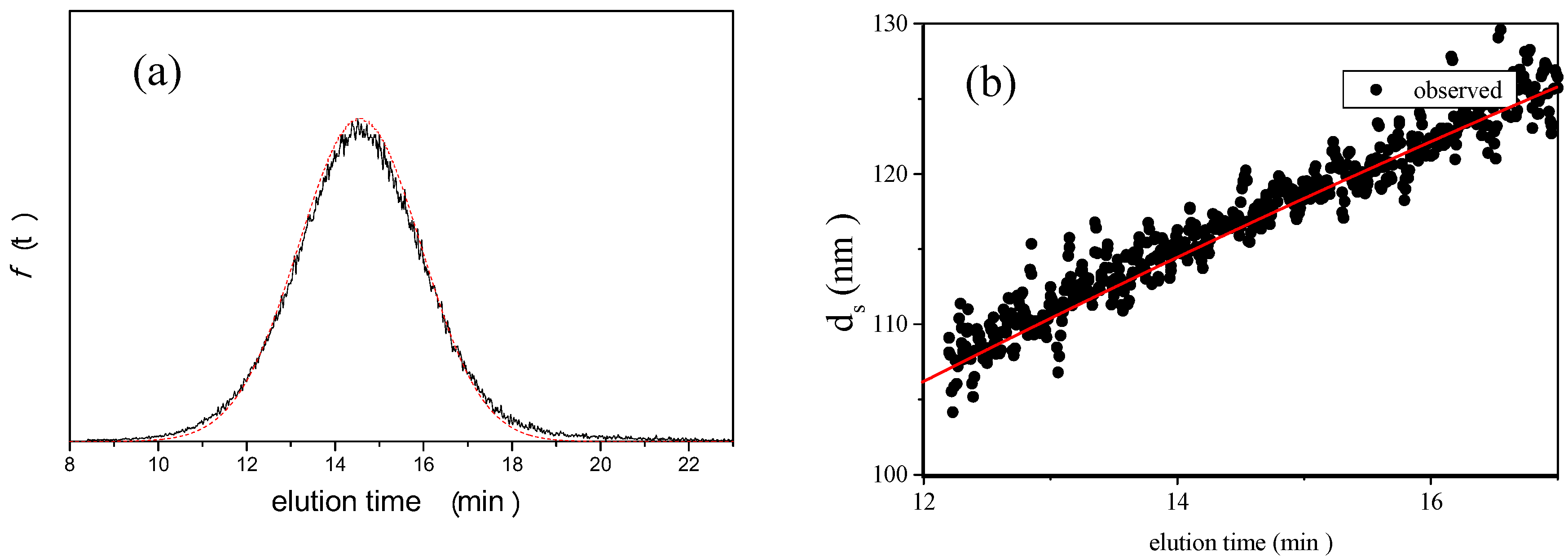
Many plant resources are screened for its effectiveness biologically in its synthesized AgNP forms.

Many previous reports have demonstrated the bioactivities of AgNPs namely in the field of cancer, against oxidative stress, apoptosis. Henceforth green synthesis is being widely accepted technique in the field of medicine. Green synthesis is a very cost effective and eco-friendly and non-toxic to the cells. Plant extracts with huge range of unique phytochemicals are being contributed in the reduction of silver ions and assists in nanoparticle formation. Due to the toxic effects of chemically synthesized nanoparticles, green synthesis using the plant secondary metabolites for nanoparticle synthesis is gaining importance. Majorly green synthesis of nanoparticles by using silver metal is being more advantageous because of its biocompatibility and physicochemical properties.

Because of its nano size it’s been efficiently correlated with the biological components in the system and have promising effects. Recent years its gaining importance in the field of biology and biomedical sciences. Nanotechnology is a relatively recent discipline of science that offers a diverse set of uses. This study has forecasted a new path to explore more on this AgNPs for further research. Synthesized AgNPs using Viscum orientale water extract displayed versatile biological activity than individual extract. On hemagglutination using AgNPs, above 80 µg/ml of concentration showed very significant effect on comparison with water extract. Further, anthelmintic activity results showed synthesized nanoparticles significant reduction in the paralysis time to 5.4 ± 0.3 min and death time to 6.5 ± 0.6 min in contrast to the individual factors. and reducing power at EC 50 of 53.42 µg/ml and nitric oxide scavenging of EC 50 of 56.01 µg/ml concentration. AgNps exhibited efficiency against DPPH at EC 50 value of 57.60 µg/ml. AgNPs exhibited impressive zone of inhibition against Escherichia coli (8.1 ± 0.3 mm), Staphylococcus aureus (10.3 ± 0.3 mm), Bacillus subtilis (7.3 ± 0.3 mm), Bacillus cereus (8.2 ± 0.3 mm), Salmonella typhi (7.1 ± 0.2 mm). SEM analysis represented AgNPs as spherical morphologies ranging from 119–222 nm. The FTIR analysis confirmed the covering of silver layers to bio-compounds of the extract. UV–vis spectra showed a typical peak of AgNPs at 480 nm. On green synthesis using silver, the phyto contituents of plant Viscum orientale effectively reduced silver ions at 3-4 h of continuous stirring to form AgNPs. Further using disc method anti-microbial assay was performed following antioxidation screening using 1,1-diphenyl-2-picryl-hydrazyl (DPPH), reducing power and nitric oxide content and heamgglutination with human blood.

DYNAMIC LIGHT SCATTERING NANOPARTICLES SERIES
MethodsĪgNPs synthesized using Viscum orientale plant extract and analysed on time dependent series and was characterized using Ultra Violet UV–visible spectra, Fourier Transform Infrared Spectroscopy FTIR, X-ray diffraction (XRD), Energy Dispersive X-ray Spectroscopy (EDX), Scanning Electron Microscopy (SEM). As a result, the current work aimed to investigate the biological effects of Viscum orientale extract and silver nanoparticles (AgNPs) generated from it. It’s a least explored plant with ethanopharmacological importance. They are considered to possess the medicinal properties of host tree which they grow on. Viscum orientale is a largely used parasitic plant with traditional medicinal properties.


 0 kommentar(er)
0 kommentar(er)
